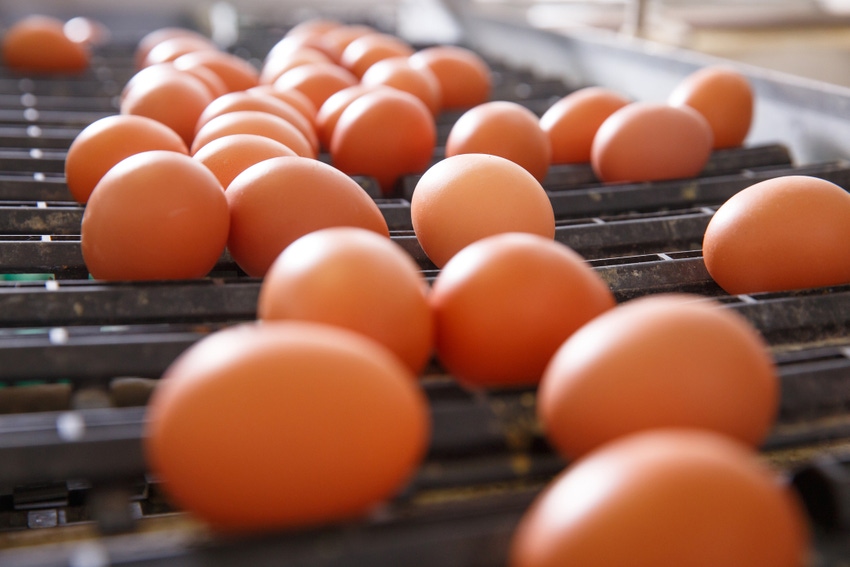Strawberries, avocadoes, bananas and other fruit maintained freshness far longer than uncoated produce.

Eggs that would otherwise be wasted can be used as the base of an inexpensive coating to protect fruits and vegetables, Rice University researchers have discovered.
Brown School of Engineering lab of materials scientist Pulickel Ajayan and colleagues have developed a micron-thick coating that solves problems both for produce and its consumers.
When the coating was applied to produce by spraying or dipping, it showed a remarkable ability to resist rotting for an extended period comparable to standard coatings like wax, but without some of the inherent problems.
The coating provides an outlet for eggs that never reach the market, the researchers suggested, as manufacturers reject 3% of the more than 7 billion eggs produced each year in the U.S. In fact, they estimated that more than 200 million eggs end up in landfills each year.
“Reducing food shortages in ways that don’t involve genetic modification, inedible coatings or chemical additives is important for sustainable living,” Ajayan said. “The work is a remarkable combination of interdisciplinary efforts involving materials engineers, chemists and biotechnologists from multiple universities across the U.S.”
Along with being edible, the multifunctional coating retards dehydration, provides antimicrobial protection and is largely impermeable both to water vapor to retard dehydration and to gas to prevent premature ripening. The coating is all-natural and washes off with water.
“If anyone is sensitive to the coating or has an egg allergy, they can easily eliminate it,” Jung said.
Egg whites (albumen) and yolks account for nearly 70% of the coating, the researchers explained. The majority of the rest of the coating consists of nanoscale cellulose extracted from wood -- which serves as a barrier to water and keeps produce from shriveling -- a small amount of curcumin for antimicrobial powers and a splash of glycerol to add elasticity.
Lab tests on dip-coated strawberries, avocadoes, bananas and other fruit showed that they maintained their freshness far longer than uncoated produce. Compression tests showed that coated fruits were significantly stiffer and firmer than uncoated fruits and demonstrated the coating’s ability to keep water in the produce, thus slowing the ripening process.
An analysis of freestanding films of the coating showed it to be extremely flexible and able to resist cracking, allowing better protection of the produce. Tests of the film’s tensile properties showed it to be just as tough as other products, including synthetic films used in produce packaging. Further tests proved the coating to be nontoxic, and solubility tests showed that a thicker-than-usual film is washable. Rinsing in water for a couple of minutes can completely disintegrate it, Ajayan said.
The researchers continue to refine the coating’s composition and are considering other source materials.
“We chose egg proteins because there are lots of eggs wasted, but it doesn’t mean we can’t use others,” said co-corresponding author Muhammad Rahman, a research scientist in Ajayan’s Rice lab who mentored and led the team.
Jung noted that the team is testing proteins that could be extracted from plants rather than animal production to make coatings.
About the Author(s)
You May Also Like





